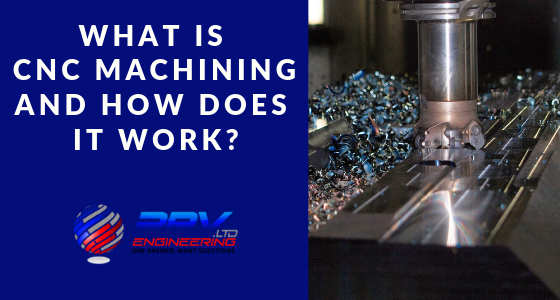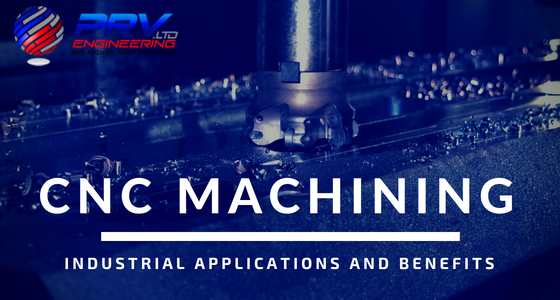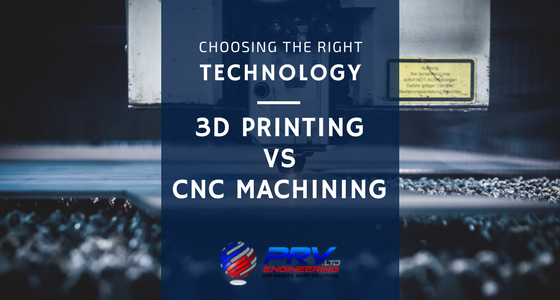In the world of precision engineering, multi-axis machining or 5-axis machining stands as a transformative technology, enabling manufacturers to craft intricate components with unparalleled accuracy and efficiency. This advanced method has become indispensable in sectors such as aerospace, automotive, and medical device manufacturing. In this article, we take a closer look at the advantages of multi-axis machining, its various types, industry applications, and the future of precision engineering.
5-axis machining is a powerful tool for precision engineering, allowing manufacturers to create complex parts and components with extreme accuracy and efficiency. Precision engineering has always been an essential aspect of manufacturing, especially in industries such as aerospace, automotive and medical device manufacturing. In this article, we’ll explore the benefits of 5-axis machining, the different types, industry applications, 5-axis machining software and what the future of this technology might look like.
Considering the advanced industries using gun drilling, it’s evident that production of certain parts requires a reliable, time-efficient and accurate process. Here’s what it all entails and why it’s so important when choosing the right engineering company.
In today’s modern manufacturing world, not too many products are made without CNC machining. This includes the basics like toys, household appliances and machines but also cars, aeroplanes and medical devices among others. CNC machining is incredibly versatile and many industries cannot do without it.
Some of the main industries that rely heavily on CNC machining include aerospace, automotive, medical manufacturing and woodworking. Here, they use it use for various operations such as drilling and routing where the aerospace industry favours CNC machining because it offers the five-axis option when required. This functionality means they can more easily manage hard-to-cut materials such as Inconel.
In healthcare or the medical sector, CNC machining plays an essential role for micro-machining. This involves fabricating all the tiny parts made from different types of materials for various life-saving applications. Examples of CNC machined parts are pacemakers or titanium joints not to mention tools and implements for medical professionals.
As a manufacturer, you’re likely looking to save costs in several areas but none more so than fabrication. And this refers to everything from materials and labour to the shipping of fabricated components.
Everything boils down to identifying cost saving ideas that can really help improve your bottom line for optimal business growth. However, rushing into a decision and making big changes in a specific area may not be the right approach. Instead, implement several smaller methods to cut costs as it will ultimately lead to significant savings on your fabrication project.
While it is challenging to effectively reduce the cost of a fabrication project, it certainly is possible. The most important question here is, “How to minimise cost without sacrificing quality?”
The evolution of hydro-abrasive waterjet cutting has been remarkable and is one of the most effective methods of machining. There is no heat affected zone (HAZ), the small cutting widths and omni-directional cutting means we can machine virtually any material with high precision and accuracy. As a result, waterjet cutting produces a much-improved product finish with little to no secondary processing needed.
Advanced technology and methods make waterjet cutting far more environmentally friendly. So much so that the dust, chippings or gas produced with other cutting methods do not occur. There is also no need to change tool heads, blades or lubricants for each type of material which means machining time is greatly reduced.
This highly versatile cutting method produces much less waste than other forms of cutting which allows for more diverse design. The ability to cut more intricate designs and patterns offers
We can all agree that there aren’t many products we use in everyday life that does not involve CNC machining. From cars, planes, household machines and appliances to medical parts and toys, all go through a CNC machine at some point during production.
Computer Numerically Controlled or CNC machining has become more versatile then ever. The number of axis has increased and the types of machines now available mean that increasingly smaller and more intricate parts are manufactured using a CNC machine. The development of CNC Machining has truly revolutionised the manufacturing industry.
It’s not just CNC machines making waves, further advances like
Over the past few decades, abrasive waterjet cutting have evolved significantly. From a relatively crude cutting tool in the early 1980’s to a more sophisticated machine tool used in various sectors ranging from aerospace, mining to the food industry. This evolution is mainly due to better material development, more efficient system design, improved control of the waterjet tool and the progression to achieve higher pressure.











Recent Comments